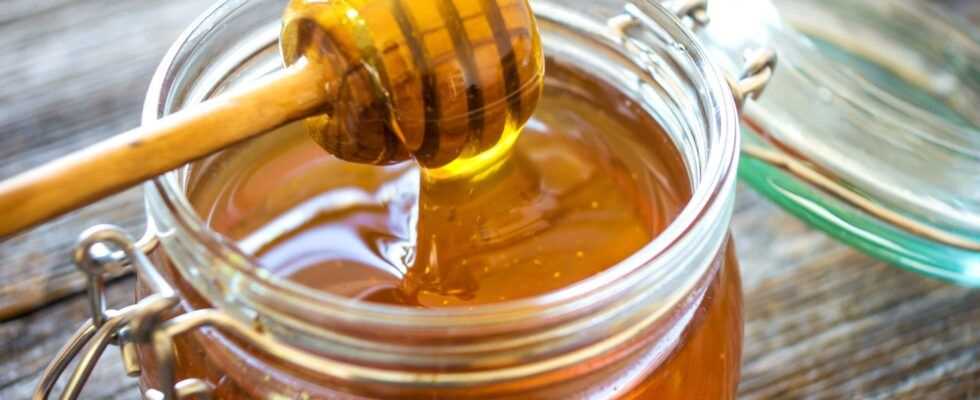The majority of honey from foreign countries is found in local supermarkets. Almost 70 percent of the honey on the shelves does not come from Austria, the Chamber of Agriculture of Styria has raised and calls the result “very sobering”. For honey lovers it is also often very difficult to find out where the product comes from. The LK therefore demands transparency by stating the country of origin on the label. It is recommended to buy it directly from the Austro beekeeper.
“There are a surprising number of types of honey on supermarket shelves. Exactly 68.8 percent of the honeys come from foreign countries and 90 percent of them are mixed honeys, ”explained the Styrian Chamber of Commerce director Werner Brugner in a broadcast on Thursday. “Such mixed honeys are mixed with honeys from Romania, Uruguay, Brazil and Argentina, for example.” It is not uncommon for a glass of mixed honey to have more than 30,000 kilometers under its belt before the contents are put on sandwiches, tea or pastries, Brugner criticizes “unnecessarily long transport routes ”. These mixed honeys are usually labeled“ succinctly with ‘mixture of honey from EU countries and non-EU countries’, without specifying the country of origin ”. On the other hand, honeys from local beekeepers contain the exact name and address of the beekeeping. The organic honey content is 18.4 percent. But even half of the organic honey in the supermarket comes from abroad. Here, too, there are mixed honeys that, according to the Chamber, come from Thailand, Mexico or Brazil, for example. Another point of criticism for the Chamber is that the two largest Austrian honey suppliers almost only have foreign honeys and mixed honeys in their range. The chamber demands clear information on the jars. In the case of honey mixtures, each country of origin should be specified with the percentage of the mixed amount of honey. On the label of honey from distant countries, for example, the following could be written: 70 percent Ukraine, 25 percent China and 5 percent Italy. The Chamber of Agriculture carried out the shopping test in the first week of December in the eleven largest supermarkets in Styria. The origin of the honeys offered was examined. A total of 234 honeys were examined carefully.
source site-12
